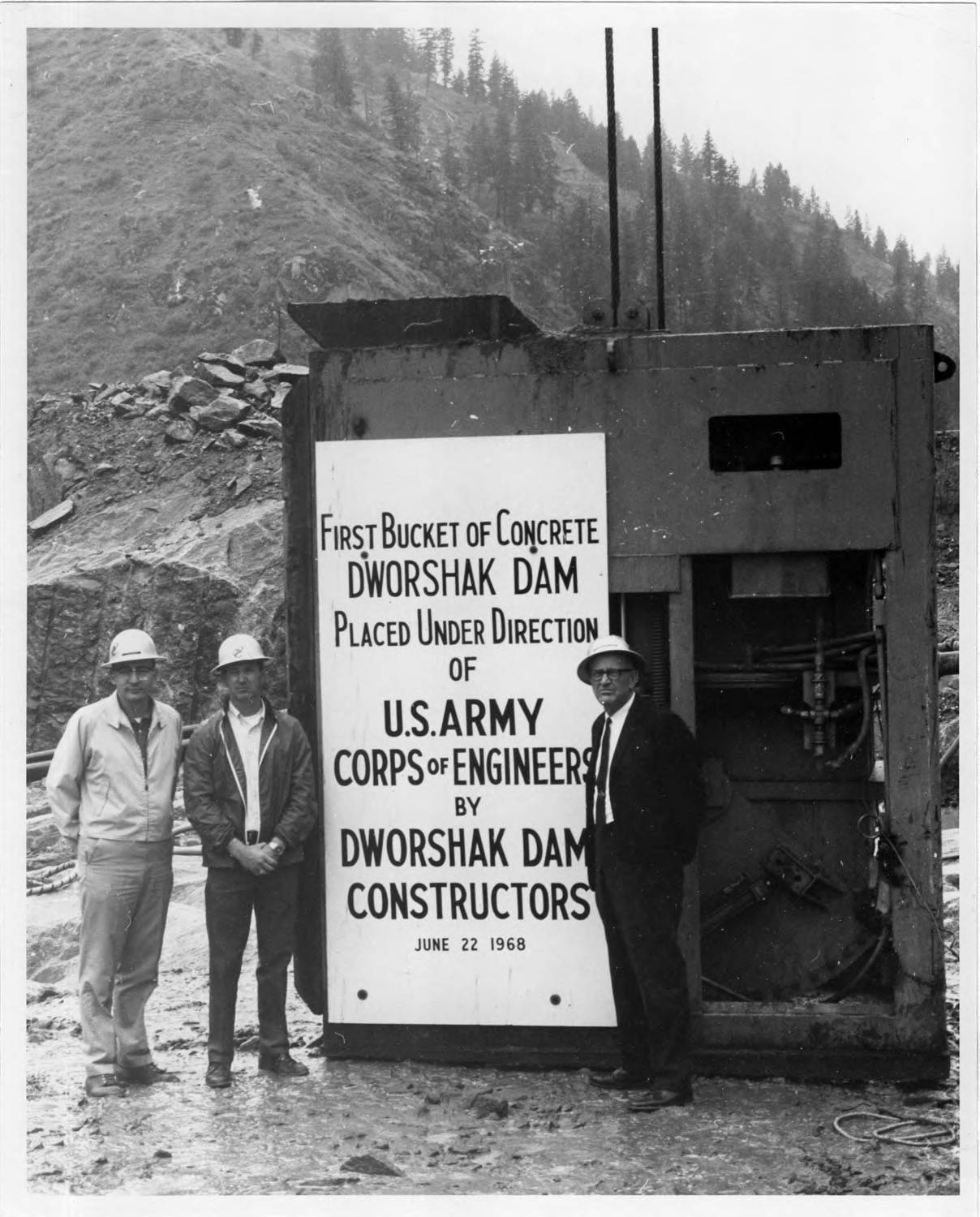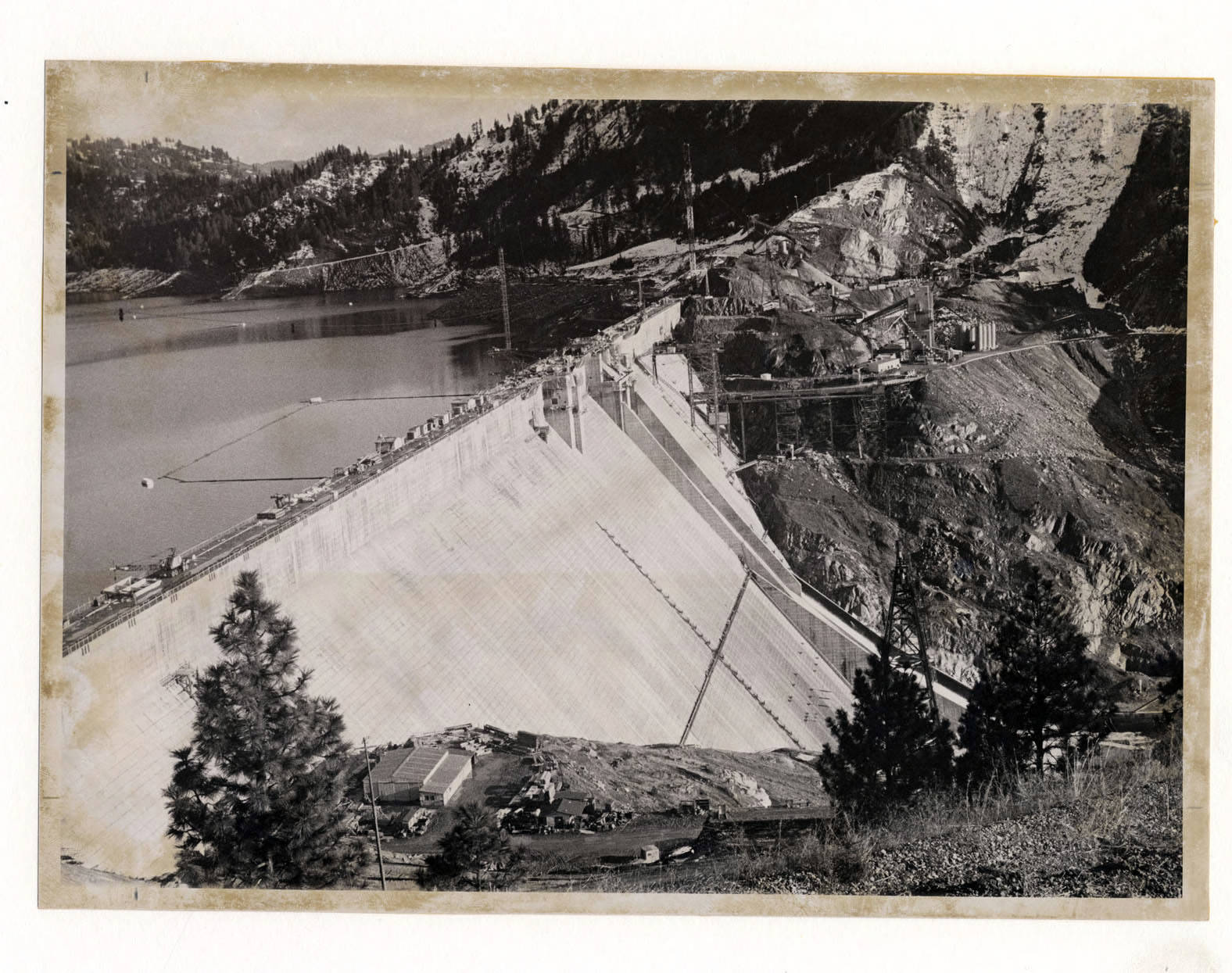Today we’re discussing Dworshak Dam, the third tallest dam in the United States and “the highest straight-axis concrete dam in the Western Hemisphere.”1 It is located two miles upstream on the North Fork of the Clearwater River from the town of Ahsahka, Idaho.
The project was instigated by the Flood Control Act of 1962. Construction began in 1966 and the dam “became operational for flood damage reduction in June 1972. Power came online in March 1973.”1
According to the U.S. Army Corps of Engineers, Walla Walla District website, the Dworshak Dam has “prevented more than $2.8 million in local potential flood damages” since 1972. In 2015, the dam “prevented about $18 million in potential flood damages on the Columbia River.”1
However, there are also drawbacks to the dam. “The filling of the reservoir resulted in the loss of about 15,000 acres of terrestrial habitat. The greatest loss of wildlife habitat was the winter range for Rocky Mountain elk and white-tailed deer.”1 Construction of the dam also resulted in large losses of anadromous steelhead trout.
To address the loss of wildlife habitat, “mitigation lands have been developed and are managed for winter range. About 7,000 acres were purchased are managed specifically for elk mitigation.”1 To address the loss of fish populations, the U.S. Army Corps of Engineers constructed the Dworshak National Fish Hatchery, which is operated by the U.S. Fish and Wildlife Service. “The Dworshak hatchery is the largest steelhead hatchery in the world. After Dworshak Reservoir was filled, kokanee salmon and small mouth bass were stocked and became self-sustaining in the reservoir. The abundance of kokanee salmon in the reservoir has made it a favored sport species in the reservoir.”1
Clearly, there are pros and cons to large hydraulic dams like Dworshak Dam in Idaho. Stay tuned for next week’s edition of Oh Dam! where we’ll discuss preparing a site for dam construction!
Sources
Photos courtesy of PG 94, (Army Corps of Engineers Dam Construction Photographs, 1933-1965) and the Dworshak Dam Collection



